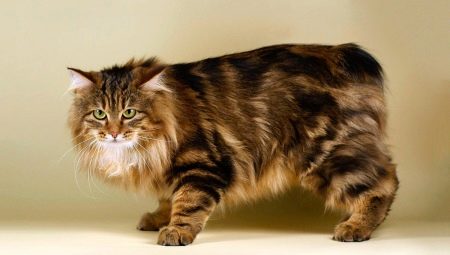The cat is one of the most common pets. There are many varied breeds of these charming pets. Today we’ll talk about unusual tailless cats that have a non-standard appearance.

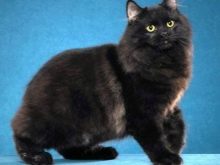
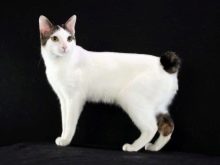
Origin history
Before delving into all the characteristics of the original tailless cats, it is worth learning about the history of their origin.
The stories associated with the appearance of cats without tails are shrouded in a huge number of different legends, tales and conjectures. For example, there is a belief that once a cat was late for boarding animals in Noah's ark, and her tail was pinched by the door. There is another interesting legend in Thailand, stating that there were Thai beauties who used short cat tails to preserve jewelry and jewelry.
There are other unusual and fabulous stories about the appearance of tailless mustachioed pets.
But modern research suggests that changes in the length of the tail of such individuals are due to the mutation of certain genes. It was fixed by a number of selection works, because people liked such unusual animals.

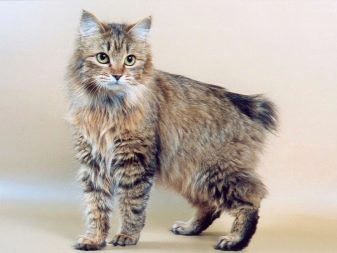
All varieties of tailless cats can be divided into two main subgroups:
- Manxes
- bobtail.
All other existing varieties of these animals arose precisely on the basis of these groups. Most likely, these lines developed parallel to each other or could be introduced into a certain time period from one area to another. It is currently impossible to establish exactly this fact.
Bobtail originates in Japan. For the first time, these individuals got there on merchant ships in 530-540 BC.According to the legends, in those days they still had tails. However, the fear of the evil forces that are enclosed in the forked tail of the divine cat Nekomaty, which caused illness and death to people, led to the fact that they soon began to be chopped off.
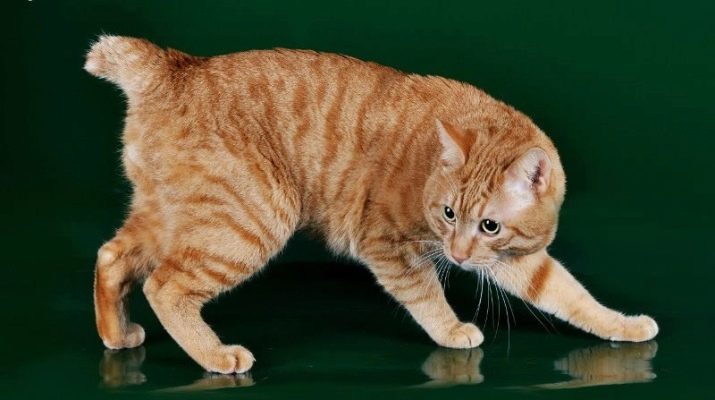
Beasts that did not have tails began to be called maneki-neko. It was believed that such pets bring wealth, luck and happiness to their master. Such actions in relation to tails for many years eventually led to a special gene mutation, and kittens with a very short pompom tail began to appear. The Japanese were extremely pleased with this phenomenon. They believed that in a similar way they managed to defeat the evil god with the help of their mascot pets.
There is an opinion that cats at the instinct level gnawed off their kittens' tails to protect them from unpleasant consequences. Another version says that the mutation occurred on its own, without external human exposure. The Japanese only secured it by selection methods.
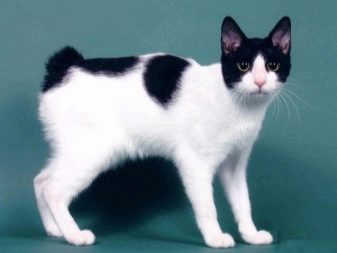
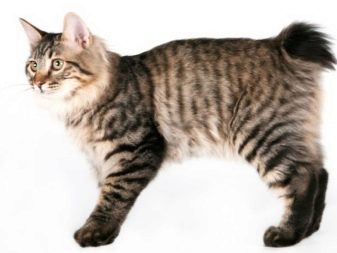
As for the Manx breed, it was born on the Isle of Man, which is located next to the UK. It was from there that the representatives of this subspecies were distributed throughout the countries of Europe and America. It is believed that the ancestors of these animals are British shorthair cats, in which the “tailless” mutation was preserved selectively.
The first mention of cats without tails was made in 1750. Because of their compact size and isolation, such animals crossed with each other. Due to such actions in the future, other representatives of the breed with very short ponytails began to be born. From the very beginning, all these animals had short hair, while long hair was considered a deviation from the norm. However, over time, long-haired menks began to breed in Canada as representatives of a separate breed.
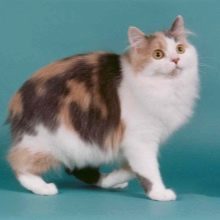
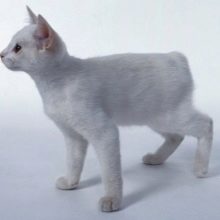
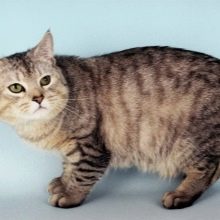
Popular breeds
As you can see, the story of unusual tailless cats is very rich in events and fabulous motives. Currently, there are many interesting breeds represented by animals with such an external feature. Get to know them better.
Kimrik
This is a beautiful British tailless cat. The first mention of it dates back to 1750. The birthplace of these animals is the British Isle of Man, mentioned above. Cute-looking kimriki have the following external features:
- the average weight of adults varies from 4 to 6 kg;
- they have very soft and silky hair of impressive length and characteristic "panties" on the legs;
- the color of these animals is very varied: there are white, blue, cream, silver, smoky, red and many other individuals;
- the body of the kimrik is medium in size, and the legs are distinguished by a muscular structure;
- the ears rounded at the tips are wide and have an average length;
- Kimryk's eyes are large and rounded (the color echoes the coat color);
- instead of the tail there is a small prominent cartilage.

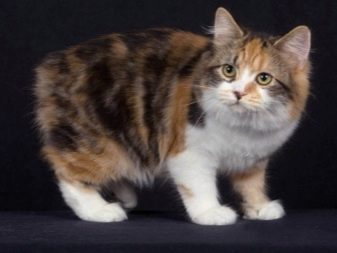
Cats belonging to this breed are characterized by a very soft, friendly and flexible character. They get along well with people and with other animals with whom they live in the same territory. Kimrick is not afraid of water, so it easily tolerates any bath procedures.
The intelligence of this animal is well developed. Kimrik quickly learns new teams and understands the master's intonation well.
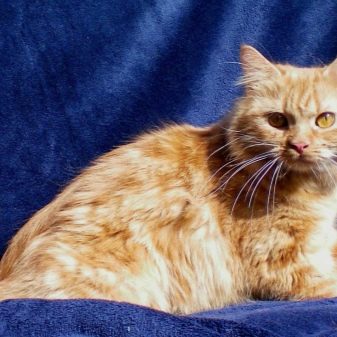
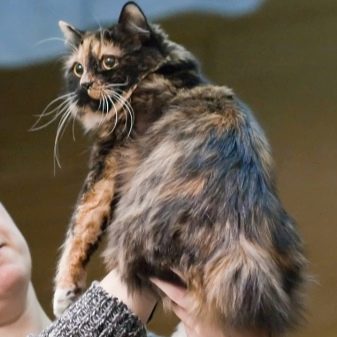
Pixie bob
Cats of this breed are not so common. Their average weight is usually from 5 to 10 kg. They are distinguished by a powerful physique, a wide chest and a rather heavy skeleton. The head of the pixie-bean is large, there is a large chin in width. The eyes of the animal are set deep and differ in average size. The ears of a pixy-bean grow with rounded tips and tassels on them.
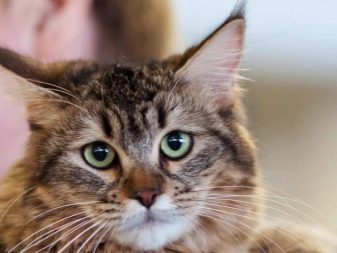

Cats of this breed belong to the long-haired category. However, short-haired individuals are acceptable by standards.The stubby tail in these animals is no more than 5 cm. The tip of this part is blunt and has creases.
These pets are very loyal to their master. They are curious and do not know what aggression is. In addition, a purebred pixy-bob is usually active. These animals do not require complicated care, but they are great lovers of food.
A person should always monitor the diet of these pets so that they do not suffer from obesity.


Manx
Manx is the same cat from Noah's Ark. Most of these animals are common in America and the countries of Scandinavia. In the CIS and Europe, menx can be met extremely rarely. These animals are distinguished by a perfectly developed hunting instinct, but at the same time their character is friendly and pleasant to the person. Manks is very fond of active games.
True, we must consider that these cats do not know how to climb trees.
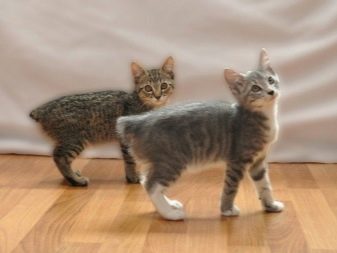

External data in these animals are as follows:
- wide chest and head of a rounded structure;
- middle nose with a neat transition from the forehead line;
- large eyes without slanting, can have different colors;
- wide ears with rounded tips;
- a rounded body of medium size, with a slightly square silhouette;
- powerful paws with round pads and well-developed muscles;
- the tail is either not at all or it protrudes slightly from several vertebrae with a slightly bent end;
- the coat is long and plush, any color.
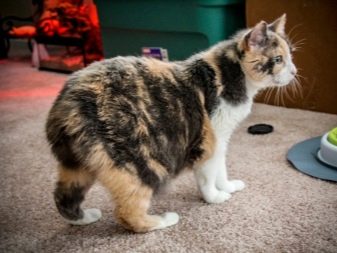

Kurilian Bobtail
This beautiful breed happened on the Kuril Islands. The cats related to it have the following basic external data:
- strong body of medium size;
- large head with a rounded profile and a large chin;
- large eyes shaped like a nut;
- ears are medium in size, have a triangular shape;
- powerful legs, rounded pads;
- the tail is very small - in the form of a pompon or a fluffy brush;
- semi-long wool, can have various shades;
- the average weight of individuals is from 4 to 7 kg.
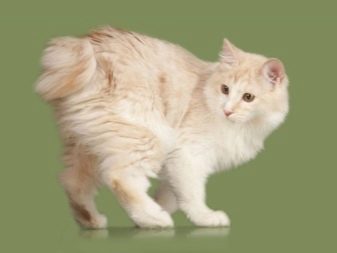
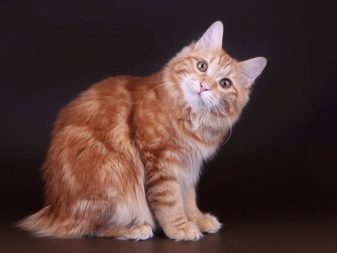
Representatives of this breed are distinguished by a playful and inquisitive character. They have a wonderful memory and a well-developed hunter instinct. Kurilian bobtail very quickly masters new teams. Such cats coexist easily in families with children.
Another important advantage of a cat of this breed is the lack of fear of water. Kuril Bobtail can be washed easily. In most cases, these animals calmly respond to such hygiene procedures. The individuals of this breed molt a little, do not mark the territory.
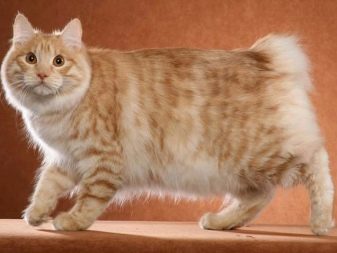

American bobtail
This breed is relatively young. The American bobtail has a very attractive and pretty appearance, as well as a short but movable tail. Today, there are no specific norms and standards of this breed, because its representatives are still at the stage of improvement. If we consider the description of such cats briefly, then it is worth highlighting the following basic data:
- strong and muscular large trunk;
- a wedge-shaped head with pronounced cheekbones and wide-set straight ears;
- medium length stocky legs;
- oval or almond-shaped eyes, the color of which most often coincides with the color of the coat;
- quite thick and hard undercoat, the coat can have different lengths and colors;
- the average weight of an adult is from 3 to 5 kg.
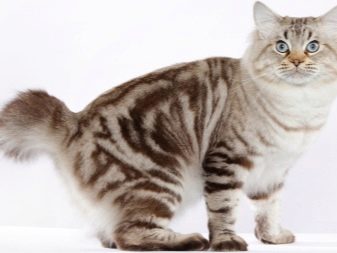

American bobtail perfectly feels the mood of the owner. Cats of this breed rarely single out only one host - they are equally strongly attached to all members of the family. These pets behave calmly and docilely. They like to walk in the fresh air and play a lot.
American bobtail boasts well-developed hunting instincts.

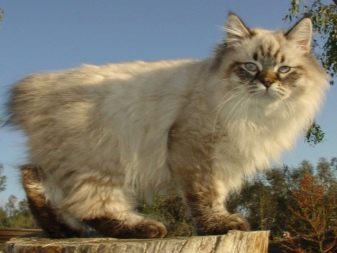
Japanese bobtail
This is an ancient breed of cats. These pets have a unique tail - it has unusual bends and creases.Externally, the tail of the Japanese bobtail is more like a pompom, but if it is straightened, it will be 7-9 cm.
Representative standards for this breed are as follows:
- slim physique with well-developed muscles;
- powerful and long legs;
- the average weight of adults is from 3 to 5 kg;
- the head has characteristic angular bends, the muzzle is slightly elongated, and the nose is elongated;
- ears are not very large, have rounded tips with a wide base;
- eyes expressive and very pretty, oval;
- the coat is short and can have a very different color.
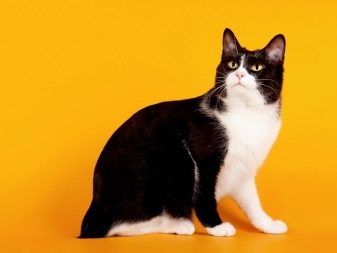
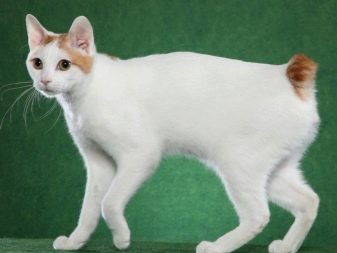
The character of these charming pets is friendly. They should be brought up from an early age. Since such a bobtail has a well-developed intellect, he quickly learns everything new, but at times it can be a little foolish.
Physically punish the pet in no case, instead correctly conduct explanatory conversations. Often, it is these methods that allow you to wean the animal from bad habits.
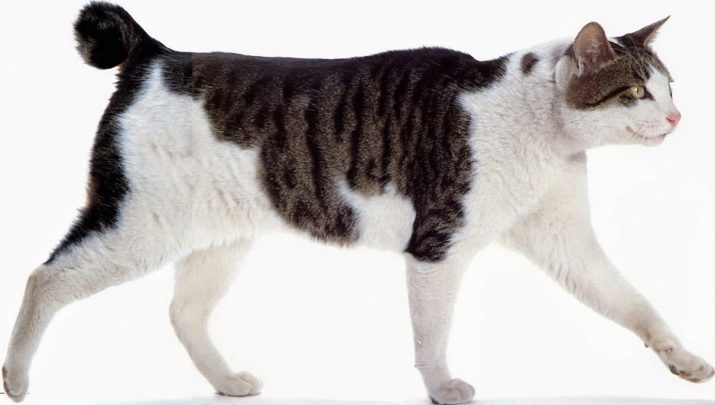
Content Features
If you decide to get an unusual cat or cat without a tail, then you should consider that such pets must be kept in optimal and comfortable conditions for them. Only by observing this requirement can we talk about the quality of life of the animal.
To create ideal conditions for a tailless pet is not difficult. Make a good place for him to sleep. In pet stores you can choose a beautiful "crib" for a cat of any age. There are also designs combined with game labyrinths and scratching points. It is possible to choose the perfect option for every taste, color and budget.
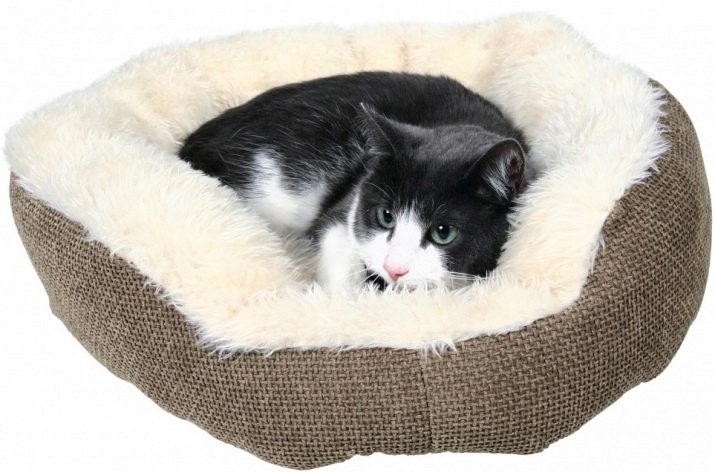
Buy quality bowls and drinking bowls for your cat. It is advisable to purchase containers that are made from safe and environmentally friendly materials. Stacking food and pouring water is best in two separate bowls so that they do not mix, turning into porridge. Keep your bowls clean. Both the drinker and feeder should always be washed.
Select the appropriate tray. You can buy an open or closed version. The latter are expensive, and not all cats agree to use such an aggregate. For a small kitten it is better to buy an open tray and low sides. For an adult, you need to buy a model with high sides so that the area around is not littered with filler residues.
It is worth choosing a filler that absorbs smell and is easy to clean. In addition, filling the tray should suit the pet itself.

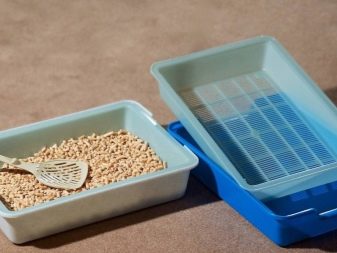
What to feed?
Fur seals without a tail need to provide balanced and proper nutrition. Experts recommend giving these pets natural food, but not what people eat, but cooked separately. In food for animals should not be sugar, salt, seasonings, spices, marinade, sauces (mayonnaise, ketchup and the like) and other additives.
Meat must be present in the food, but not fatty, but dietary: beef, veal, turkey, chicken. You can give a variety of offal. In addition to meat, cereals such as buckwheat, oatmeal and millet should be added to the diet of such pets. It is worth giving the cats eggs, cottage cheese, fermented baked milk, low-fat kefir. Allowed vegetables, crackers, rye bread.
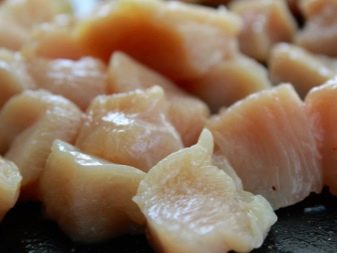
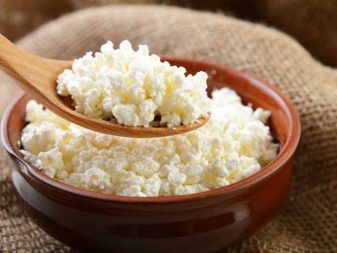
If feeding your pet with natural products seems too problematic and troublesome for you, then you can turn to ready-made industrial feeds. It can be either a dry product, or a paste or pieces in gravy. However, we must not forget that ready-made cat food should belong only to the premium or super-premium class, but not lower. Budget products, especially if you give them to your cat often, can provoke a large number of different health problems, so you should refuse to use them.
For thoroughbred tailless seals, it is recommended to purchase feeds that contain only high-quality natural ingredients. It is advisable not to take options that contain flavoring additives, flavor enhancers, preservatives of unknown origin and other dubious components. Before buying feed, it is better to familiarize yourself with its composition, which is usually applied to company packaging.
Small kittens should not be given dry granular food, as their teeth are not yet prepared for this. An exception may be only products that are designed for mustachioed and tailless pets at an early age.
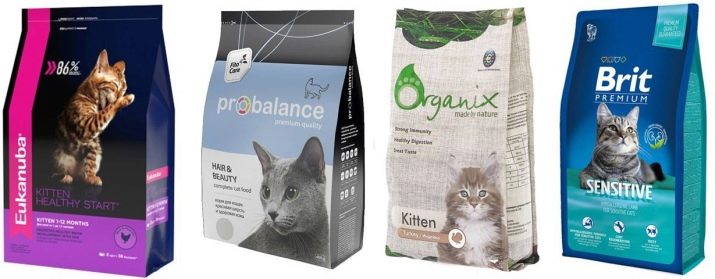
How to care?
Fur seals that do not have a tail must be given proper care. Consider what to do.
- If the pet is long-haired, its coat should be combed regularly with a comb with medium teeth.
- It is necessary to clean the eyes and ears of a thoroughbred cat as they become dirty. Cotton swabs dipped in boric acid or other suitable means are usually used for this.
- It is very important to monitor the health of the cat’s teeth. You should brush your pet's teeth with a special brush and paste. You can visit the veterinarian from time to time so that he removes the stone formed on the teeth.
- It is equally important to take care of the condition of the claws of the animal. Keep track of their growth. As soon as you notice that the claws have grown, they should be carefully cut using a special clipper.
- Do not forget to visit the veterinarian. He will tell you what vaccinations should be given and identify diseases in the early stages.
- The cat needs to be bathed in a timely manner. Water should be warm. Too hot or too cold liquid must not be floated. It is necessary to use only special shampoos for animals, which are sold in many pet stores. It is advisable to buy quality branded shampoos.
- If you notice that a tailless pet behaves strangely or does not feel very well, yellowish discharge has appeared from the eyes or nose, then you should visit the veterinarian as soon as possible. You also need to pay attention to the condition of the anus of tailless cats - in such individuals, inflammation of this zone most often occurs. In this case, you should immediately go to the veterinarian.
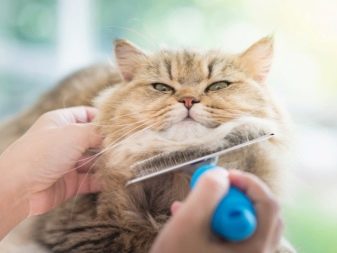
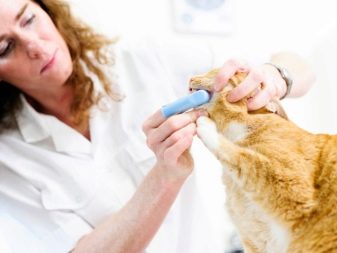
About Kurilian Bobtail cats, see the next video.
